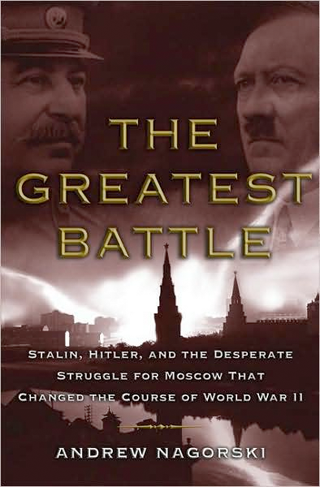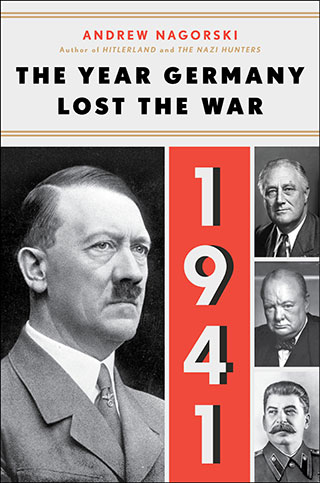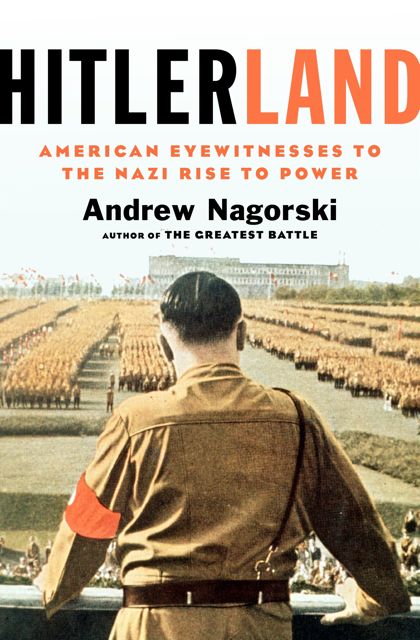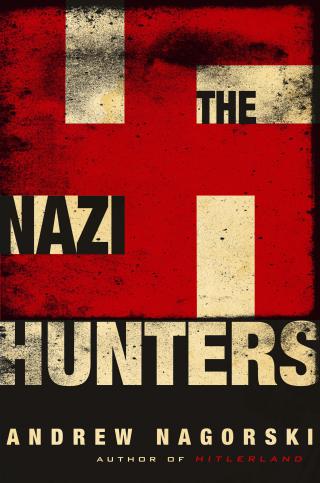
Freud's Wizard
By Brenda Maddox (2006)
1. As a young psychoanalyst practicing in London, Ernest Jones was so fascinated by Sigmund Freud’s early, as-yet-untranslated writings that he hired a tutor to improve his German. “Here was a man who was seriously interested in investigating the mind,” Jones noted. Jones soon met Freud and became his most fervent disciple in the English-speaking world. Brenda Maddox, the late American biographer who spent much of her life in London, vividly chronicles Jones’s adventures and misadventures. The diminutive Welshman was, as one female patient-turned-psychoanalyst put it, “irresistible to women.” He was also repeatedly mired in sex scandals. But, impressed by Jones’s prodigious efforts on behalf of psychoanalysis in both Britain and Canada, Freud wrote off such episodes as confirmation of his concept of “transference,” whereby a patient redirects her feelings for someone else toward her therapist. Upon returning to London, Jones served as the president of the British Psychoanalytical Society and the International Psychoanalytical Association. He oversaw the publication in English of a vast body of literature about psychoanalysis. Most important, he helped persuade Freud to flee Vienna after Nazi Germany’s takeover of Austria in 1938 and arranged entry permits to Britain for Freud, his family and several other Jewish members of his entourage.
Marie Bonaparte
By Celia Bertin (1982)
2. She was the great-grandniece of Napoleon. Her husband was Prince George of Greece and Denmark. And her lovers included French Prime Minister Aristide Briand. Still, in 1925, Marie Bonaparte started analysis with Freud to overcome her “frigidity” and soon became an analyst in her own right. The “energy devil,” as Freud called her, was inexhaustible in her enthusiasm for her new calling. In this meticulously researched biography, the French writer Celia Bertin contends that Bonaparte viewed Freud as the ultimate father figure and found in him the warmth and understanding that her father never provided. She called him her “great master” and viewed their friendship as “the greatest event in my life.” Bonaparte saved Freud’s publishing company from bankruptcy in 1929 and continued to use her wealth to keep it afloat. She propagated Freud’s ideas in her essays and lectures and helped launch the Paris Psychoanalytic Society. When the Nazis threatened Freud, she rushed to Vienna to stand by him and give him the funds he needed to meet their extortionist demands.
So Close to Greatness
By Will Brownell & Richard N. Billings (1987)
3. “So Close to Greatness” is one of those rare book titles that aptly summarize their subject. Having already achieved fame as a journalist and bestselling author, William C. Bullitt Jr. served as the first U.S. ambassador to the Soviet Union and then, in the 1930s, as U.S. ambassador to France. He appeared destined to rise even higher, until raw ambition drove him to make the wrong enemies. Bullitt’s problems with his second marriage led him, in 1926, to seek Freud’s help. His sessions with Freud failed to save his marriage, but they did help alleviate his depression. They also resulted in an unexpected collaboration on a biography of Woodrow Wilson, a president whom both Bullitt and Freud despised and whom they firmly believed was responsible for the disastrous terms of the Treaty of Versailles. When it became clear that Freud was in imminent danger from the Nazis, Bullitt directed the American component of a rescue operation. He instructed his envoy in Vienna to monitor, as visibly as possible, every move the Nazis made against Freud. The object was to send a clear signal that the Roosevelt administration was intensely interested in Freud’s fate. The signal registered.
Anna Freud
By Elisabeth Young-Bruehl (1988)
4. Anna Freud had five older siblings, but her closest relationship was, by far, the one with her father. In this perceptive biography, Elisabeth Young-Bruehl captures the revealing moments that led Anna to follow in her father’s professional footsteps, eventually becoming a leading child psychoanalyst. On a walk together when she was about 14, her father pointed out the “lovely facades” of the homes in Vienna’s Prater district, adding: “Things are not necessarily so lovely behind the facades. And so it is with human beings too.” Anna had what she called a “precious relationship” with Dorothy Tiffany Burlingham, whose grandfather had launched the Tiffany brand, but she never left her father’s side, living with him until the end of his life. When Freud developed jaw cancer from his cigar smoking, Anna became his primary caregiver. She took the lead in navigating the bewildering maze of obstacles that the Nazis put in the way of Jews trying to flee. That led to a summons to the Gestapo and her disappearance for several hours. Once she was released, her father was desperate to get them out of Vienna—not so much for his sake as for hers.
Freud: Living and Dying
By Max Schur (1972)
5. When Freud took on Max Schur as his personal physician in 1928, he had already undergone several painful operations on his jaw. At their first meeting, Freud extracted from Schur the promise to help end his life once it became unbearable. The younger man, who had first attended lectures by Freud in 1915 and had undergone analysis himself, later wrote this heartfelt volume as both an insider’s biography of Freud and an autobiographical account of their decadelong friendship. Like Freud, Schur was Jewish, but he was alarmed by the Nazi threat much earlier than his patient. He made preparations to emigrate with his family to the U.S. from Vienna before the Nazis took over, but he put their visas on hold, staying until Freud’s departure and then following him to London. Sixteen months later, Freud took Schur’s hand, telling him that it was time to deliver on his promise. He died on Sept. 23, 1939.









